Op-Ed: Why L.A. shouldn’t rename a stretch of Figueroa Street for Kobe Bryant
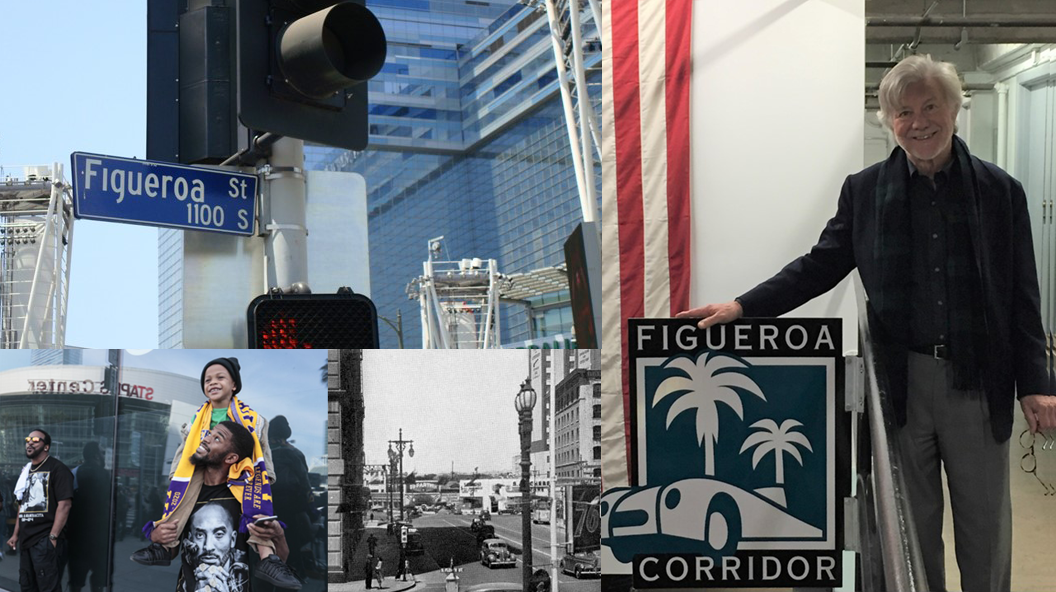
By Darryl Holter, William Estrada and John Echeveste
Los Angeles Times | Dec. 6, 2020
Whether with a bulldozer or stroke of a pen, Los Angeles often shows little respect for its multilayered history. To most motorists, Figueroa, Pico and Alvarado may just be major and meaningless congested streets that crisscross the city, but their significance is deeply ingrained in the rich history and diverse cultural heritage of Los Angeles.
A case in point is the controversy surrounding Figueroa Street, one of the city’s earliest and longest streets, stretching in two segments nearly 30 miles across Los Angeles, from the harbor at Wilmington north to the hillsides of Eagle Rock. A proposal currently winding its way through City Hall would rename the original three-mile section of the street — between Olympic and Martin Luther King Jr. boulevards — for Lakers great Kobe Bryant, who is, of course, highly deserving of permanent recognition.
But renaming even a stretch of Figueroa Street for the basketball legend would begin to erase an important chapter of our city’s history. We shouldn’t pave over the past to accommodate heroes of the present. In this instance, a more reasonable approach would be to create a Kobe Bryant Square where 11th and Figueroa streets meet at Staples Center, a location that would allow Lakers fans to pause and reflect as they honor his memory.
Figueroa Street was christened in 1857 by city officials in honor of José Figueroa, a California governor from 1833 to 1835 during the era of Mexican rule. The thoroughfare ran from Pico Street (for Pío Pico, the last California governor under Mexican rule) south to what was then the city limit (present-day Exposition Boulevard).
José Figueroa stands out as one of the most competent governors of California during the Californio era. A mestizo of Spanish and Native ancestry, he distinguished himself as a national military hero during the Mexican war of independence from Spain and was rewarded by being named California governor in 1833.
He almost immediately faced a thorny issued handed him by the Mexican government: developing a process to turn over control of the state’s missions and their lands from the Franciscan order to private land grants. The Franciscans were loath to relinquish control of their land, its resources and the Native Americans who worked the lands. Private interests were eager to take the land for themselves.
Figueroa devised a plan that distributed about half the lands to Native Americans, an approach he laid out in his “Manifiesto a la Republica Mejicana,” the first book published in California. While working to implement the plan by visiting missions throughout the territory, he became ill and died in 1835. The Indians were left impoverished, landless — and without a champion for their cause.
Fifteen years later and shortly after California joined the union, Los Angeles civic leaders decided to honor the state’s dual history by naming city streets after California’s Mexican governors and American presidents.
They understood that the city’s Mexican history and heritage are often inseparable from American history, and it is no coincidence that streets named for Figueroa and other Mexican governors such as Alvarado, Micheltorena and Pico intersect or are near Adams, Washington and Jefferson boulevards. It was seen as an honorable gesture to recognize the former government on a civic map that endures to this day.
Figueroa’s reputation has endured. California historian Kevin Starr once wrote that Figueroa was “the most competent governor of California during the Mexican era.” He was a visionary who fought to return lands to their rightful owners — unlike Junipero Serra, Confederate generals and slaveholding politicians whose statues have been toppled to erase the celebratory memory of colonization and institutional slavery.
José Figueroa does not deserve to have even a portion of “his” Los Angeles street erased. A champion for the rights of Indigenous peoples, his memory — along with memories of the city’s early leaders during the Californio era — needs to be preserved and taught in our schools. These streets remind us that our roots are rich, diverse and should continue to be celebrated hundreds of years later.
Darryl Holter and William Estrada are adjunct professors of history at USC. John Echeveste is CEO of LA Plaza de Cultura y Artes.
Follow Darryl Holter Music
Recent Posts
Darryl Holter
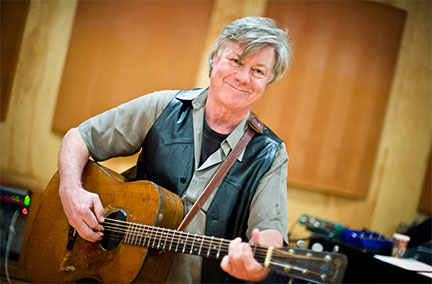
Darryl Holter grew up playing the guitar and singing country and rock and roll songs in Minneapolis, Minnesota. His current brand of Americana music draws from country, blues and folk traditions and often tells stories about people, places and events.
Besides his music, Holter has worked as an academic, a labor leader, an urban revitalization planner, and an entrepreneur. Darryl Holter is also a historian who has written on Woody Guthrie and a contributor to the Los Angeles Review of Books.

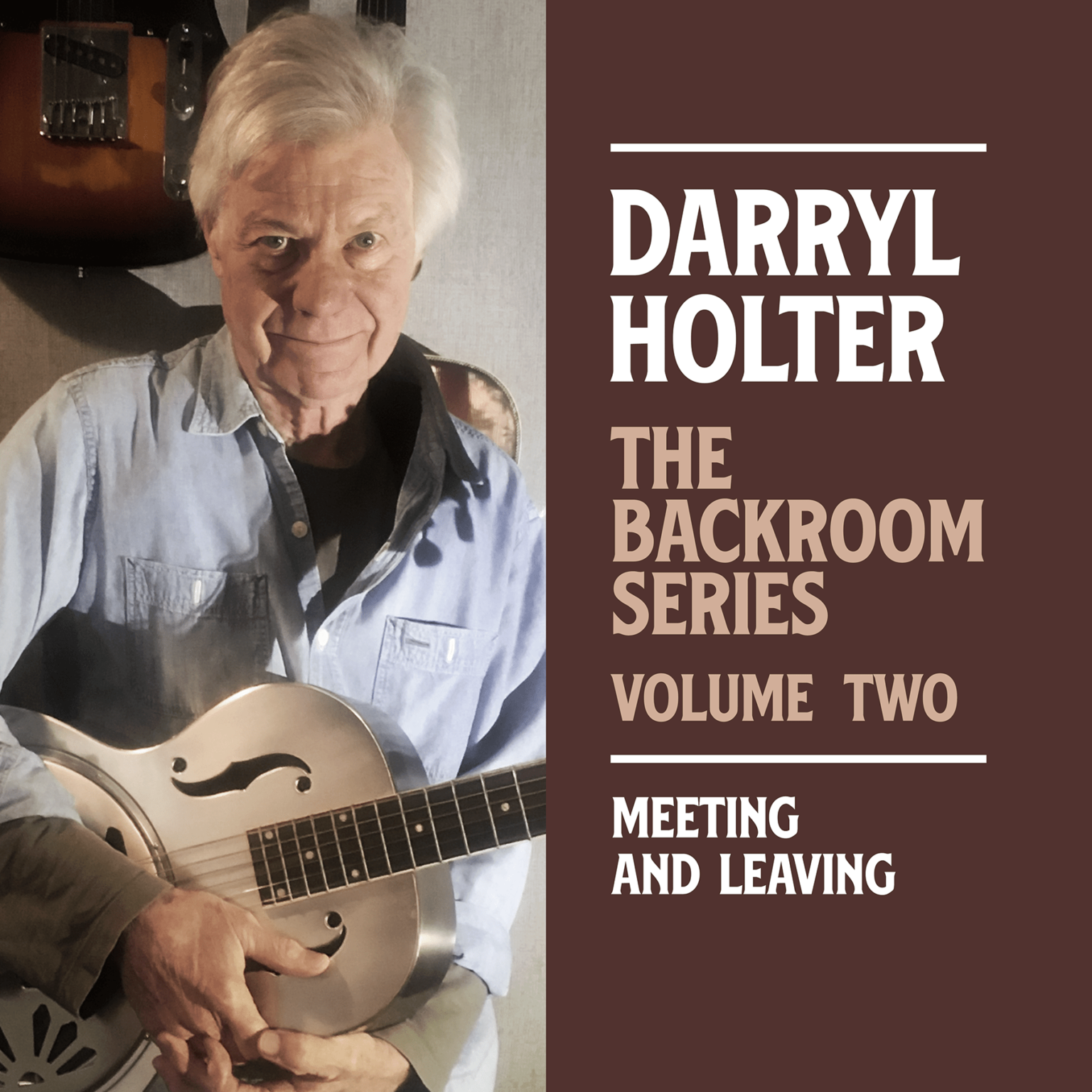
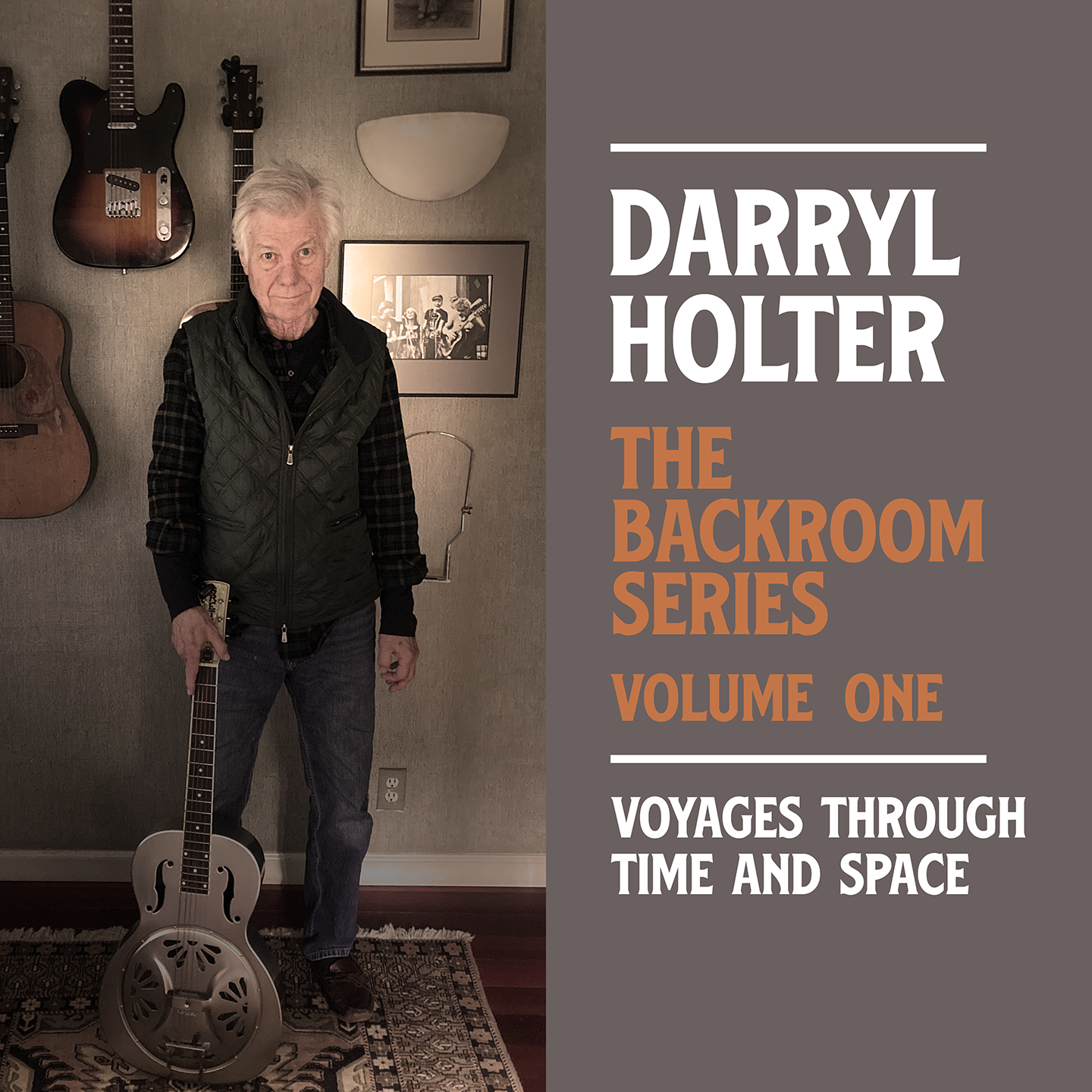
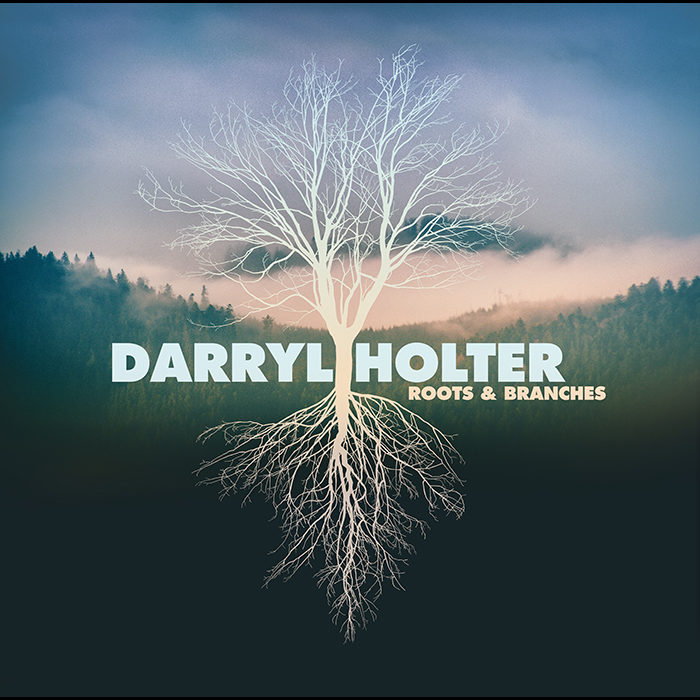
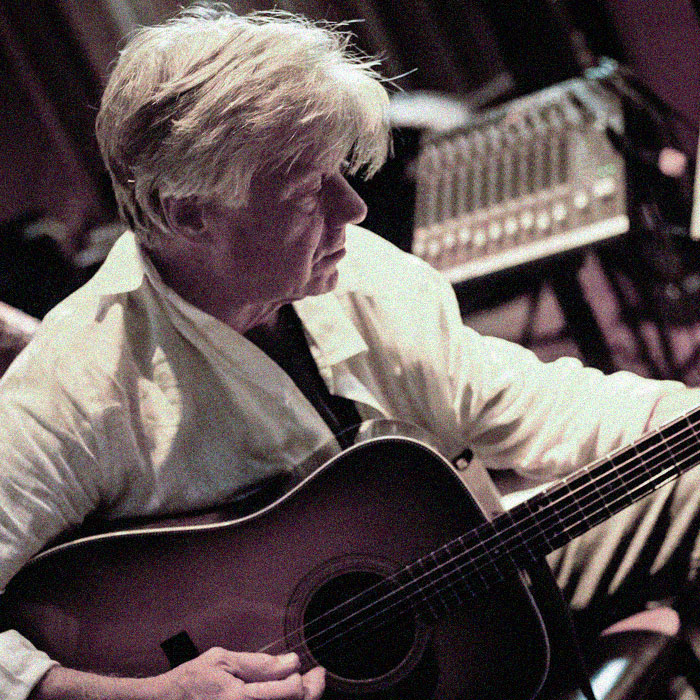

 Darryl Holter grew up playing the guitar and singing country and rock and roll songs in Minneapolis, Minnesota. His current brand of Americana music draws from country, blues and folk traditions and often tells stories about people, places and events.
Darryl Holter grew up playing the guitar and singing country and rock and roll songs in Minneapolis, Minnesota. His current brand of Americana music draws from country, blues and folk traditions and often tells stories about people, places and events.